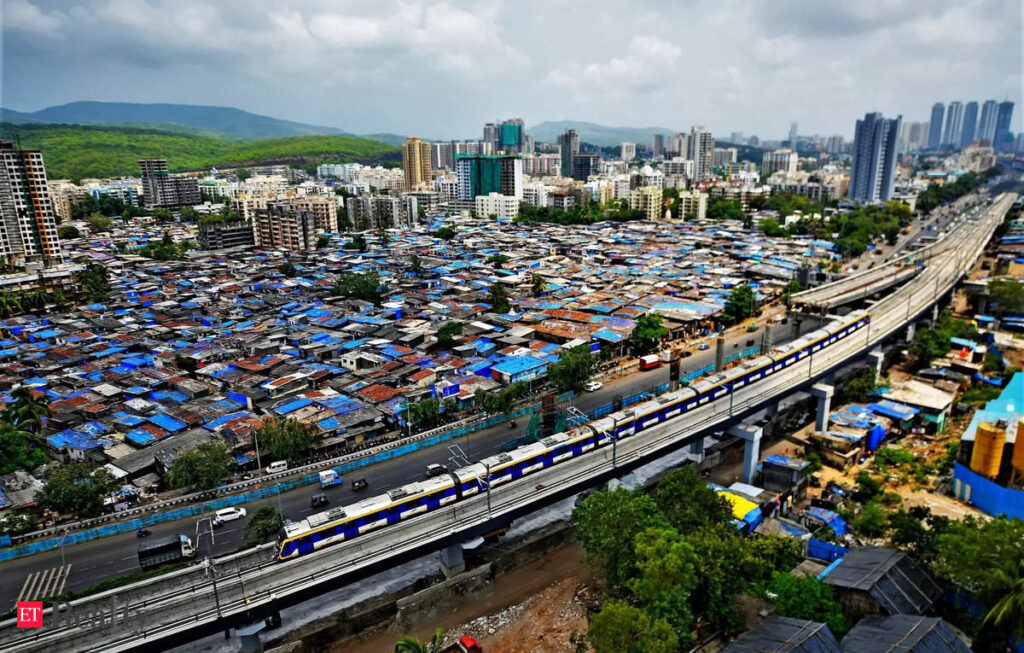MUMBAI: In a bid to increase footfalls in Metro and monorail, state govt has decided to incorporate a new Regulation 33(23) to deal exclusively with transit-oriented development (TOD) zones in the city’s Development Control and Promotion Regulations – 2034.
The TOD zone will come up within 500m of a Metro and monorail station, stated a govt notification.
Tenement size in the TOD zone is to be small, the minimum being approximately 300 sq ft, equivalent to a slum rehab tenement. Flats cannot be merged, stated the notification. This ensures that people who can afford such flats come to live near the metro or monorail and use them for daily commute.
On Feb 20, Mumbai Metropolitan Region Development Authority (MMRDA) had posted on social media platform X that Mumbai Metro Lines 2A and 7 had recorded 80 million ridership.
Activist Zoru Bhathena countered the MMRDA’s euphoria saying, “80 million ridership over one year as against an expected ridership of 237 million! Metro 2A and 7 are running at 33% capacity.”
The social media exchange clearly shows the gap between estimates and demand.
It is perhaps to woo commuters to use Metro and monorail services that the govt has issued the notification. The new regulation proposes promoting high residential density in TOD zone allowing a minimum floor space index (FSI) of 2.25 if the plot size is 40,000 sq ft and going up to 4 FSI for a 2 lakh sq ft plot if the road width is 9m. For a 27m wide road, the developer can utilise as much as 7 FSI on a 2 lakh sq ft plot. FSI defines how much can be built on a plot.
In the case of the underground Colaba-BKC-Aarey Metro Line 3, a vestibule is to be built to connect directly to the station so that commuters do not have to come onto the road to enter and exit the Metro station.
Architect-activist Nitin Killawala said Mumbai is already a developed and highly congested city. He warned it would be disastrous to further densify areas around public transport hubs.
“This would be beneficial in the Mumbai Metropolitan Region where there are barren areas around Metro stations and will serve as an incentive for people to patronise public transport. However, in Mumbai, the demand is for houses near the station, but not in front of the station. Look at the price difference between Grant Road railway station and Pedder Road, Santacruz railway station vs Linking Road or Bandra railway station vs Linking Road,” pointed out Killawala.

